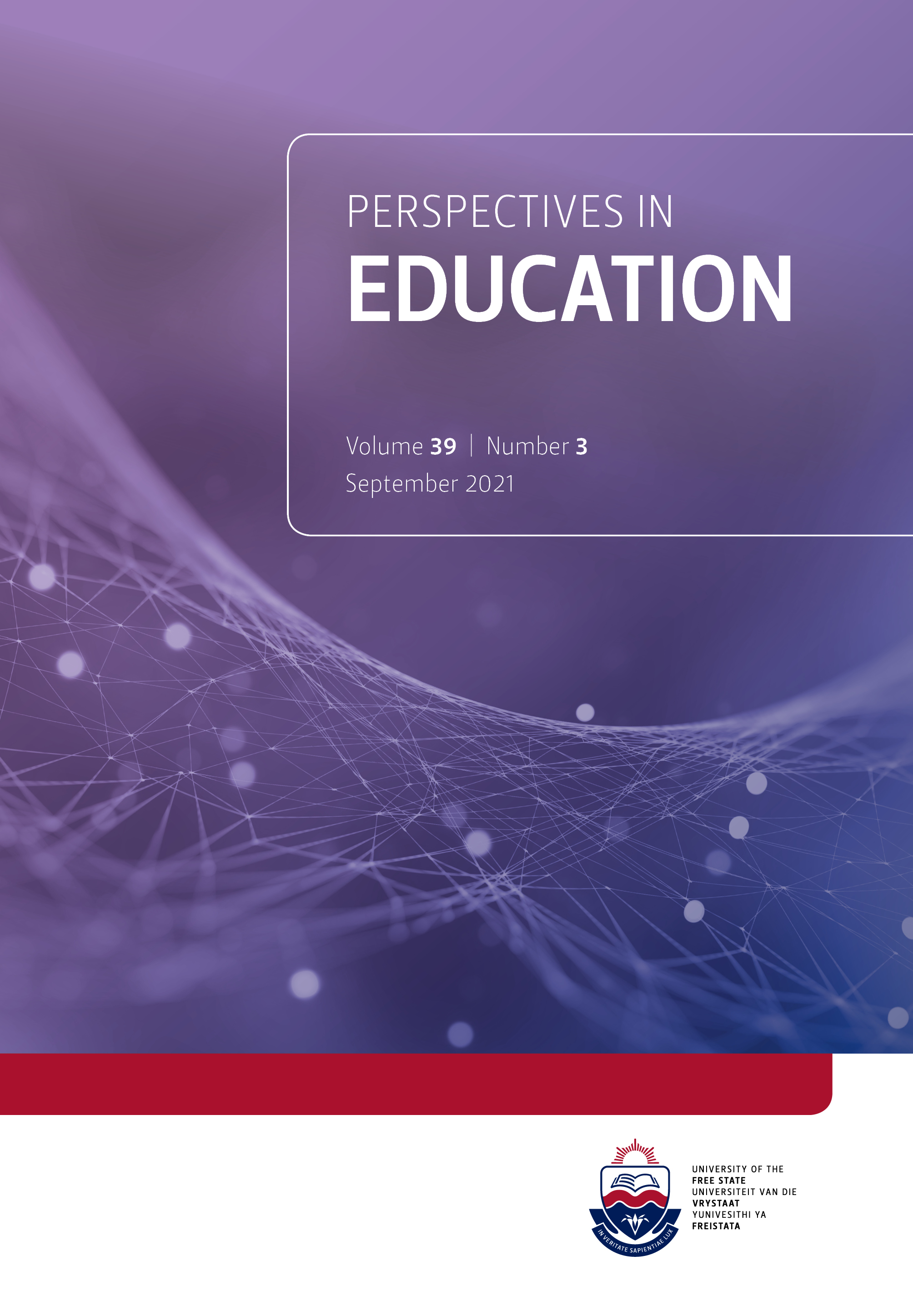Exploring the effects of YouTube on technology education students’ cognitive achievement in a mechanical system module
DOI:
https://doi.org/10.38140/pie.v39i3.4971Keywords:
YouTube, Microsoft Powerpoint, Multimedia, Cognitive achievement, Quasi-experimentalAbstract
Understanding the effects of various multimedia technologies on students’ cognitive achievement is essential in this technological era. This study explored students’ cognitive achievement in a technology mechanical system module using YouTube videos compared to Microsoft PowerPoint (MPP). The study employed a quasi-experimental research design, using a pre-test-post-test. The sample consisted of 53 (29 males and 24 female) students. Twenty-eight (28) students were randomly assigned to the experimental group (EG) and 24 to the control group (CG). Students’ cognitive achievement was measured by administering the Geometric Optics Conceptual Understanding Test to each group of students before and after teaching. A t-test shows that there were significant differences between the EG of the pre-test (M = 60.50, SD = 7.2) and the post-test (M = 65.70, SD = 9.60) t (53) = -2.17, p = 0.03 with a gain of 5.20 and the Cohen d was 0.60. The EG students performed better in mechanical technology practice and retention tests than those in the CG. In the EG, female students performed better (M = 69.00, SD = 9.20) than the male students (M = 61.40, SD = 8.60). These results have some theoretical, instructional and institutional implications on the use of YouTube as an effective tool to enhance students’ achievement in mechanical technology.
Downloads
##submission.downloads##
Published
How to Cite
Issue
Section
License
Copyright (c) 2021 Israel Kibirige, Ronald James Odora

This work is licensed under a Creative Commons Attribution 4.0 International License.









